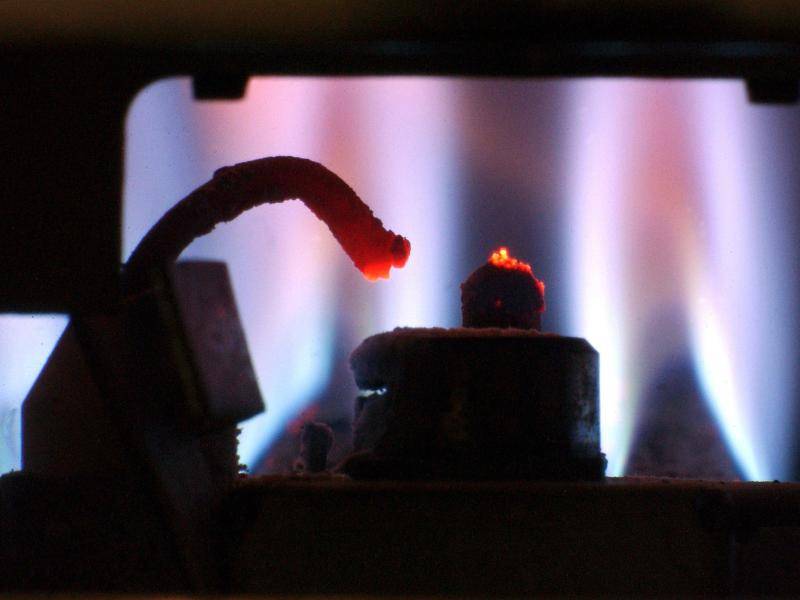Toxic Carbon Monoxide Bonn experts warn fireplaces can be a source of danger
Bonn · Heating experts warn: Fireplaces in an apartment can emit toxic carbon monoxide. The problem: The gas is odourless and can become a deadly danger.
Carbon monoxide is treacherous. We do not smell it and yet it lurks almost everywhere, for example in our own home, triggered by the gas boiler. And even if the chimney is not closed off properly, the material produced by combustion can become a mortal danger, as not only the Bonn fire brigade warns. Also Guido Odenthal, chief master of the guild Bonn Rhein-Sieg for heating, sanitary and air conditioning advises absolutely to the regular maintenance.
"That is the be-all and end-all, by which the devices are examined once in the year by a specialist, says Odenthal. The device is not only disassembled into its individual components, but the values are also checked. A lack of maintenance results in dirty equipment or incomplete combustion, and they can also be set incorrectly, as the director says. All this is checked during routine examination. If this is done, the sources of error are reduced to zero.
Gastherme has a service life of up to 15 years
The first thing to do is to determine whether a room-air-dependent device is being operated. This could be disturbed by an extractor hood, for example, because too much room air is sucked in. If the windows and doors are still tight and do not ensure sufficient air replacement, too little oxygen remains in the room. There are even extractor hoods which are so strong that they can suck in combustion gases from the chimney. Odenthal therefore advises you to always use a chimney sweep when installing or replacing equipment. Both trades work hand in hand when it comes to the safety of so-called fireplaces.
With regular maintenance, a gas boiler has a service life of up to 15 years, according to the master. This is also important, adds Andreas Kramer, spokesman for the chimney sweep guild, because the systems are constantly exposed to a number of stresses such as heat and corrosion. Wear is the result. But in order to recognize this, an expert has to work on it.
"For safety reasons, a fireplace inspection is also regulated by law by the authorised district chimney sweep," explains Andreas Kramer, spokesman for the Cologne-Bonn guild of chimney sweeps. Twice in seven years such a visual inspection takes place by the chimney sweep. That is regulated legally in section 14 of the chimney sweep handicraft law. "The inspection involves examination of the firing system to ensure that it is not damaged which could pose a risk to the operators, such as leaking stove pipes and exhaust systems. In addition, the chimney sweep checks the carbon monoxide content of the fireplaces at regular intervals.
Property owners are also obliged to have the systems inspected. Anyone who fails to do so is acting in violation of the law and must expect a fine, according to Kramer, who advises that the chimney sweep should be brought on board as an advisor when planning a new installation. "This makes perfect sense because the colleague in charge knows all the pipes and systems in his area of responsibility. Because later he would be responsible for the building approval anyway.
Carbon monoxide detectors are now also on the market. These detectors, which are not yet mandatory, such as smoke detectors, make perfect sense, especially for room-air-dependent appliances. Also the costs are manageable at 30 to 40 Euro. Kramer and Odenthal consider it a good investment in safety.
(Original text: Susanne Wächter; Translation: Mareike Graepel)




